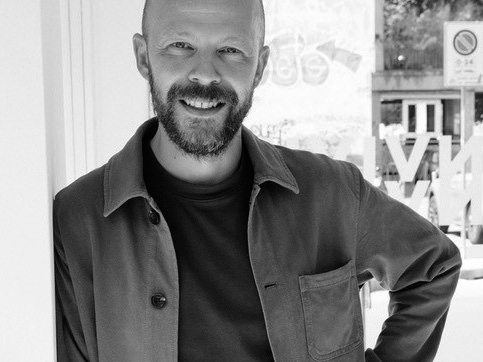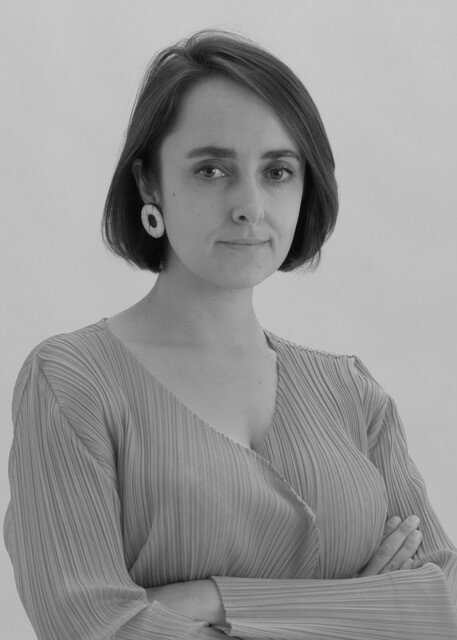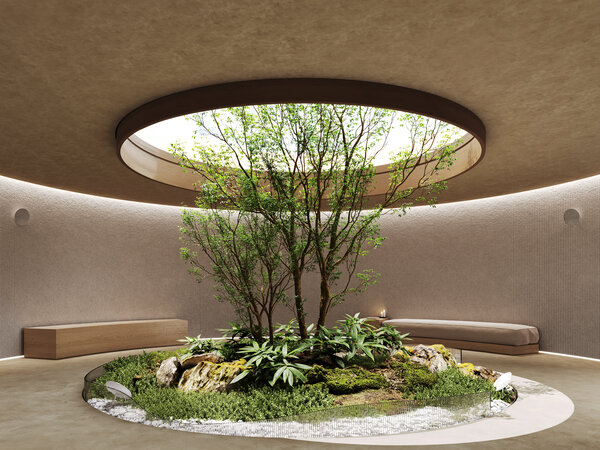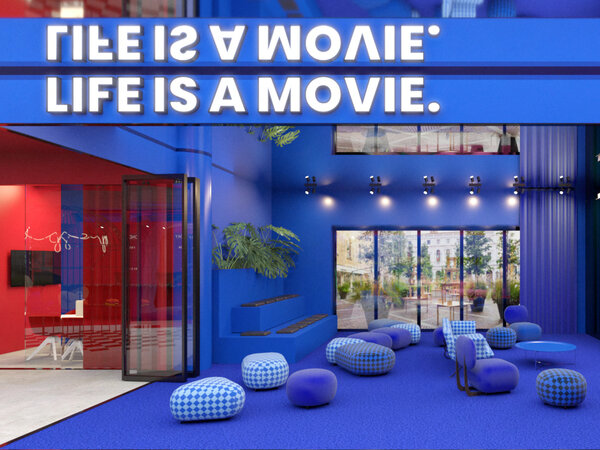
Interior Design
Spatial practices for gathering cultures
ENG
Language
English
Start date
October 2025
Frequency
Full time
Fruition
On campus
Duration
2 Years
Credits
120
Course Coordination
Davide Fabio Colaci
How can collective space design regenerate the relationship between people and the areas where they live?
Interior design has a role in reshaping human relationships with local environment and with the different forms of life around us. Being of critical importance both ecologically and culturally, such relationships are likely to open up new project design perspectives for reinterpretation and regeneration.
The Master of Arts in Interior Design. Spatial Practices for Gathering Cultures views space design as a collaborative practice to rewrite and regenerate the relationship between communities, the areas they live in and the ecosystems they are part of. This approach fits into the vision of DesignXCommons, where design is regarded to integrate the commons and regenerate the planet
Issued Degree:
Diploma Accademico di Secondo Livello, corresponding to a Master of Arts Degree (MA) – EQF7 Level (European Qualification Framework).
Credits:
The course awards 120 CFA (Academic Formative Credits), corresponding to 120 ECTS (European Credit Transfer and Accumulation System).
Information to decide
Designing spaces for community events, museum and exhibition layouts, urban interiors and city landscapes takes shape from a close and critical analysis of the relationship between contemporary cities and the narratives they tell. Using an interdisciplinary approach, this course explores the implications and impacts of interior project design on society and the environment, in a way that seeks to critically address global-level changes in either built or non-built ecosystems. Under this programme, research is applied to designing sustainable building systems and spatial devices, with the potential for them to evolve into tools for positive eco-social renewal. Collaborative workshops and interactions with experts from such diverse disciplinary fields as astrophysics, ethology and clubbing will extend the project focus to new directions and provide an open research ground for experimentation with innovative methodology and original findings.
Career roles that can be pursued with the degree programme in Interior Design. Spatial Practices for Gathering Cultures will be able to combine technical and critical skills into the field of interior design as they develop projects that relate to both domestic and collective spaces. They will be able to take on roles in exhibition design involving project planning for shows, trade fair events and parties. They will also have the opportunity to work in the field of curatorship for museums, galleries and foundations, as researchers and/or advisers. Other possible career prospects include stage design for theatre and cinema, and also business consulting on project development work in the areas of both product and contract design. Continuing in Ph.D. trajectories at Italian and foreign universities will also be an option.
The main software you will need during your course is provided by IED!
On this page you will find all the features you need for your computer.



































